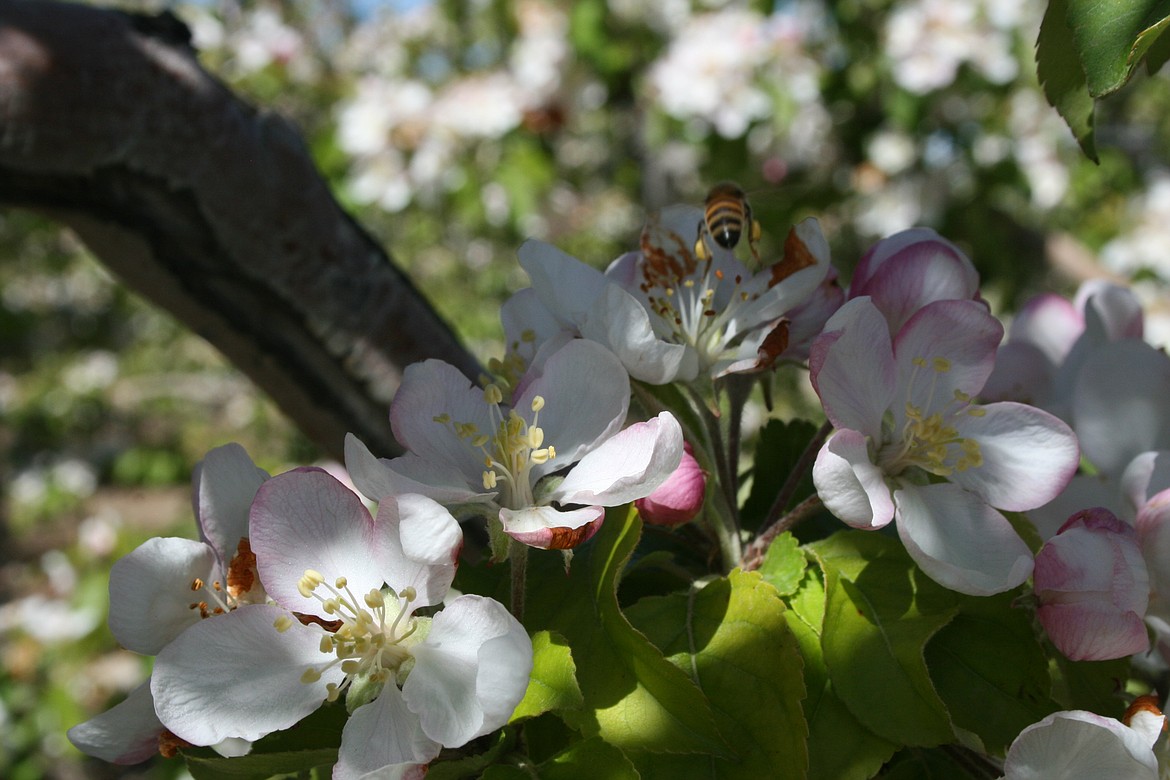Chilling effect: Impact of cold, wet weather on fruit crop still uncertain
YAKIMA — The weather that produced snow in mid-April and near-freezing temperatures in May will affect the 2022 apple, cherry and pear crops, but the impact is still being evaluated. And the cold weather could have an upside for growers.
Washington State Tree Fruit director Jon DeVaney said May 12 that the 2022 cherry crop throughout the Pacific Northwest is forecast to be smaller than 2021. Cherry harvest for 2022 is forecast to be about 15 million boxes for the region, although that estimate was refined after a May 18 meeting of industry officials.
The 2021 Pacific Northwest cherry crop was about 20.3 million boxes, according to information from the Northwest Cherry Growers association.
Any damage to the cherry crop may be mitigated by other factors, DeVaney said via email.
“Growers who lost buds or blossoms to the cold and snow lose the opportunity to make profit, but should be insured for those losses,” he wrote. “A smaller crop has the potential to support higher prices for those growers who are less impacted.”
Apples and pears may have had a better chance at survival, he wrote.
“The effects on apples and pears seem less pronounced than on cherries,” DeVaney said. “Apple bloom is spread over a longer period and thus the crop as a whole wasn’t as affected by the cold and snow leading into Easter weekend. However, many areas have continued to experience cold and wet conditions that can interfere with pollination.”
Cold, rainy, windy weather keeps bees in the hive and out of the orchards, according to WSU Grant-Adams County Extension experts.
“So while not as acute, growers are watching to see if there have been any further effects on the apple crop,” DeVaney wrote.
There are steps fruit growers can take to mitigate the impact of the unseasonable weather, he said, that includes choosing how to thin crops.
“Also, growers typically thin apples to manage crop load on the trees, so many can be more cautious this year to help offset any effects of the weather on pollination. Apples and pears have a longer growing period, so a smaller crop can result in larger fruit size, further offsetting the effects of a possible reduction in the number of pollenized flowers,” DeVaney said.


